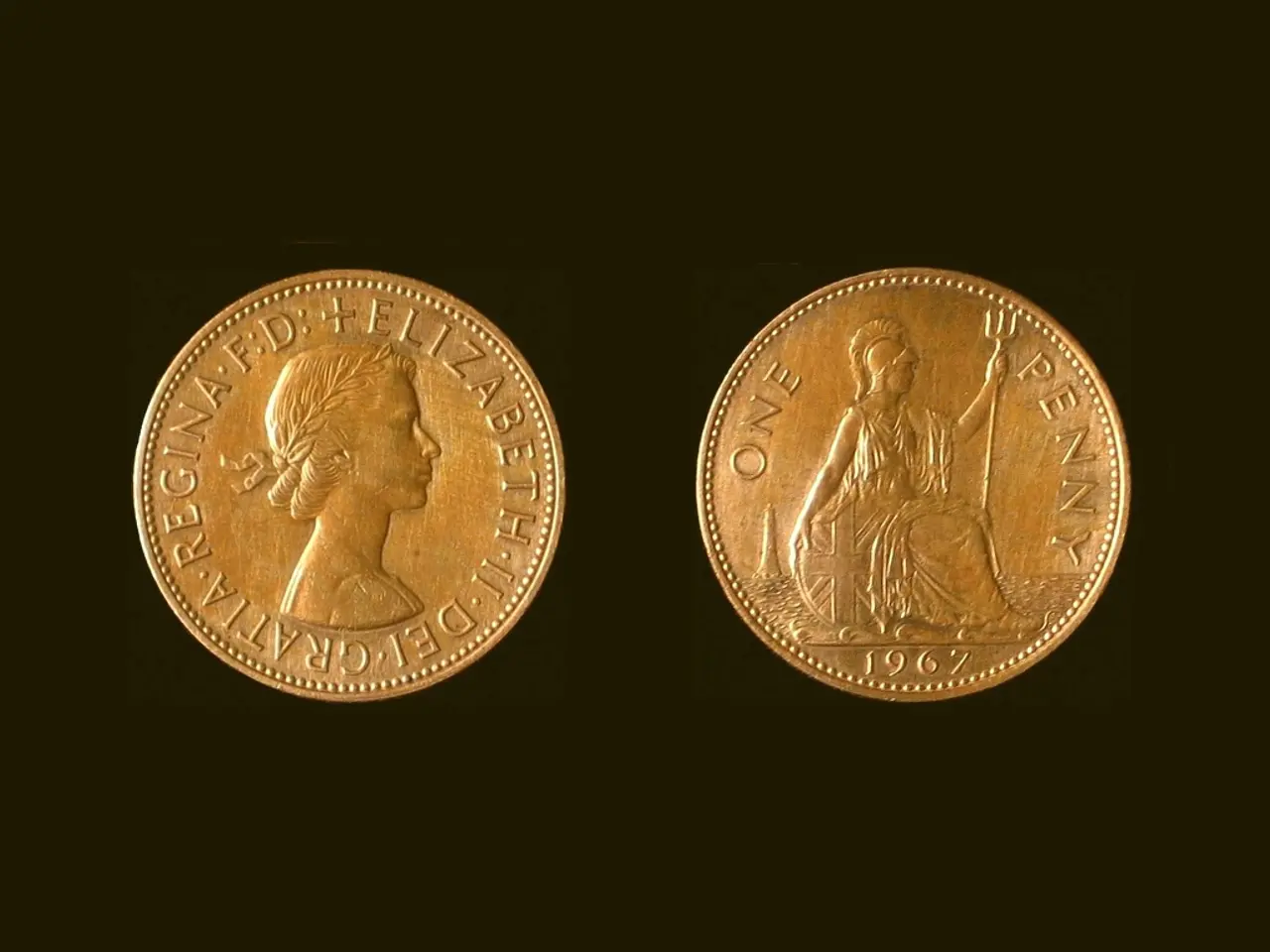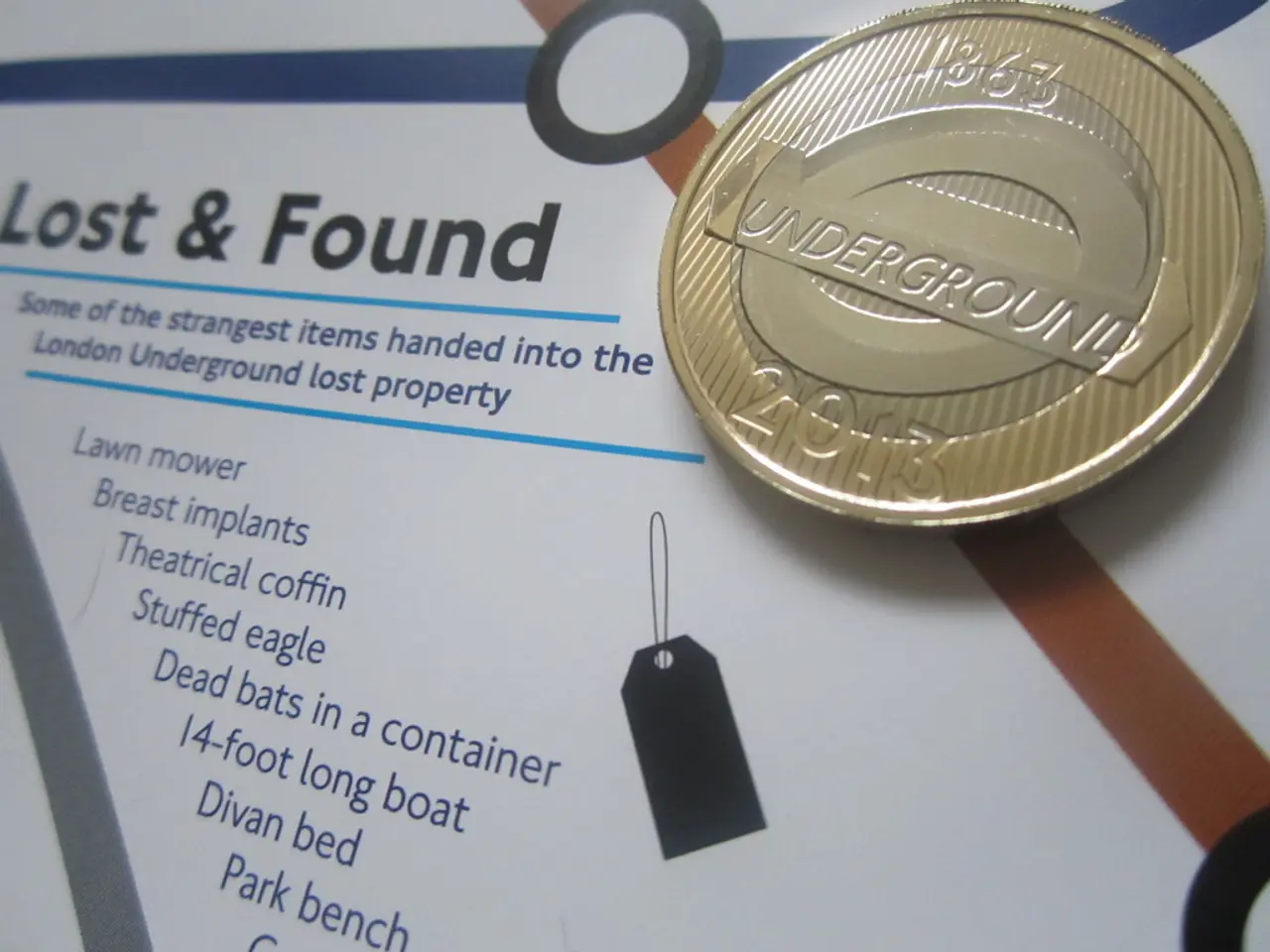Aligning Your Optics with Laser Collimators
Insights Gained from Decades of Managing Various Laser Collimators
Laser collimators come in handy for lining up the optics of Newtonian reflector telescopes and certain catadioptric and Cassegrain telescopes. Here's the lowdown on these handy tools!
Laser collimators beam light down your telescope tube, allowing you to verify if your optics are lined up by making the light hit the center of the primary mirror and bounce back perfectly into the focuser.
Who's This for?
- Owners of reflecting telescopes with a focal ratio of f/4.5 or faster
- Frequent high-magnification observers
- Users who have a sturdy, metal focuser
- Astrophotographers
Who's It Not For?
- Users of slow f/ratio reflecting telescopes (like f/10 scopes)
- Owners of focusers with any play or wobble, such as plastic rack-and-pinion focusers
- Astronomers whose telescopes don't require frequent collimation
Pros and Cons
Laser collimators edge out regular Cheshire collimators and collimation caps in several ways. However, they do have their downsides:
Pros
- Easier to use in the dark after setting up the telescope
- Sensitive to misalignments, making them a must-have for telescopes with a focal ratio below f/4.5 or so
- Theoretically offers near-perfect alignment accuracy, akin to collimating on a defocused star at high magnification
- Can be used for Schmidt-Cassegrain, Ritchey-Chretien, and other Cassegrain-type telescopes if you know what you're doing
Cons
- Very sensitive to mechanical misalignments that may not matter, like the screws or compression ring in your focuser deceiving or tilting the laser
- Inaccurate if the laser itself isn't aligned with the collimator barrel, requiring adjustment with the laser in a V-block
- May lead you to think your secondary mirror is aligned, even when it's rotated out of alignment and severely tilted, making it hard to know if you don't check with a collimation cap or Cheshire first
- Require an accurate center dot on the primary mirror; without one, laser collimators are near-useless for collimation
Complement Collimation
Laser collimators are better used together with other collimation tools and methods, such as a collimation cap or Cheshire. Always double-check the coarse secondary mirror alignment with these tools before using a laser. Collimating on a defocused star after using a laser collimator is also a good idea.
Top-Notch Laser Collimators
Howie Glatter's Laser Collimator
Featuring exceptional machining accuracy and a laser guaranteed to be dead-on from the factory, the Howie Glatter laser collimator is a top choice for accurate collimation. Bonus: Numerous alternative lenses, upgrades, and accessories are available for this collimator.
However, since you have to peek into the focuser to check the primary mirror alignment and go back to the adjustment screws instead of checking alignment in real time, it might take some getting used to. The TuBlug, if you decide to buy it, can amplify the sensitivity of your laser to miscollimation, but it may induce mechanical misalignment/sagging if your focuser can't handle it.
$310 at Agena Astro
Farpoint's Laser Collimator
Very similar in design and advantages to the Howie Glatter, the Farpoint laser collimator comes in a 1.25"/2" hybrid barrel that fits any size focuser without an adapter. It's slightly harder to see very small amounts of misalignment compared to the Glatter, and the assortment of accessories isn't as diverse.
$154 at AgenaAstro
Hotech SCA: A Popular, but Not Perfect, Option
The Hotech SCA laser collimator fits in either a 1.25" or 2" focuser, thanks to its proprietary "self-centering" rubber adapters. Its 45-degree window allows you to use it while adjusting screws at the other end of the telescope. However, the rubber adapters might cause issues with some telescopes, especially fast instruments.
Apertura Laser Collimator: Affordable and Decent
Its 45-degree window matches the Hotech SCA laser, but you'll need an adapter to use it with telescopes. This collimator is less accurate than its pricier counterparts due to a lack of precision machining tolerances. The laser may also arrive misaligned with the collimator barrel, necessitating adjustment before use.
$59.95 at HighPoint
SVBONY: A Budget-Friendly Choice
The SVBONY laser collimator operates similarly to the Apertura laser, but with a tighter-fitting 1.25" to 2" adapter by default. Like the Apertura laser, it's often shipped misaligned, requiring you to adjust its alignment in a V-block. However, the screws are hidden by rubbery coverings that you can poke through with a hex key to make adjustments.
Check Amazon Price
The Three Ways to Collimate
In the world of telescope collimation, there are three main tools: laser collimators, Cheshire collimators, and collimation caps. Each has its own advantages and disadvantages when it comes to ease of use, sensitivity, and accuracy.
Laser Collimators
- Easy to use and quick
- Highly sensitive to misalignments
- Highly accurate when set up correctly
- Can be used to collimate Schmidt-Cassegrain, Ritchey-Chretien, and other Cassegrain-type telescopes if you know what you're doing
Cheshire Collimators
- More challenging for beginners
- Less sensitive to small adjustments
- Reliable results with practice
Collimation Caps
- Simple to use, but requires daylight
- Less sensitive to small adjustments
- Medium accuracy
Ultimately, the choice between these tools depends on your personal preference, experience level, and the specific telescope you're working with.
- Laser collimators are beneficial for owners of reflecting telescopes with a focal ratio of f/4.5 or faster, frequent high-magnification observers, users who have a sturdy, metal focuser, and astrophotographers.
- These collimators beam light down the telescope tube to verify if the optics are lined up, making it easy to use in the dark after setting up the telescope.
- However, laser collimators may lead one to think the secondary mirror is aligned, even when it's rotated out of alignment and severely tilted, making it hard to know if adjustments are necessary without checking with a collimation cap or Cheshire first.
- Apertura and SVBONY offer budget-friendly laser collimators, while more accurate options such as the Howie Glatter laser collimator can be found at AgenaAstro.
- In the world of telescope collimation, lasers, Cheshire collimators, and collimation caps each have their own advantages and disadvantages, with the choice between them depending on one's personal preference, experience level, and specific telescope.




